Ditapis dengan
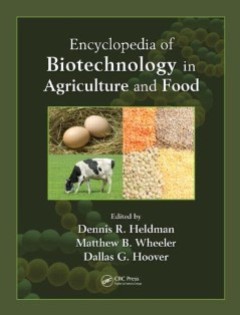
Encyclopedia of Biotechnology in Agriculture and Food
The Encyclopedia of Biotechnology in Agriculture and Food provides users with unprecedented access to nearly 200 entries that cover the entire food system, describing the concepts and processes that are used in the production of raw agricultural materials and food product manufacturing. So that users can locate the information they need quickly without having to flip through pages and pages of …
- Edisi
- -
- ISBN/ISSN
- 978-0-8493-5027-6
- Deskripsi Fisik
- 1342 hlm.
- Judul Seri
- -
- No. Panggil
- -
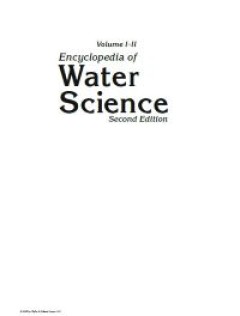
Agriculture - Encyclopedia of Water Science
Filled with figures, images, and illustrations, Encyclopedia of Water Science, Second Edition provides effective concepts and procedures in environmental water science and engineering. It unveils a wide spectrum of design concepts, methods, and solutions for enhanced performance of water quality, treatment, conservation, and irrigation methods, as well as improved water efficiency in industrial…
- Edisi
- 2
- ISBN/ISSN
- 978‑0‑8493‑9627‑4
- Deskripsi Fisik
- 1415 hlm.
- Judul Seri
- -
- No. Panggil
- -
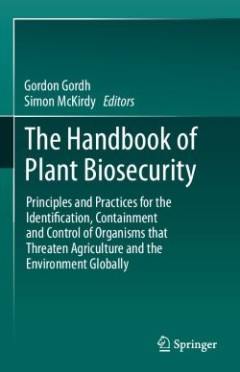
The Handbook of Plant Biosecurity: Principles and Practices for the Identific…
The Handbook identifies all aspects of Regulatory Plant Biosecurity and discusses them from the standpoint of preventing the international movement of plant pests, diseases and weeds that negatively impact production agriculture, natural plant-resources and agricultural commerce.
- Edisi
- -
- ISBN/ISSN
- 978-94-007-7365-3
- Deskripsi Fisik
- 729 hlm.
- Judul Seri
- -
- No. Panggil
- -
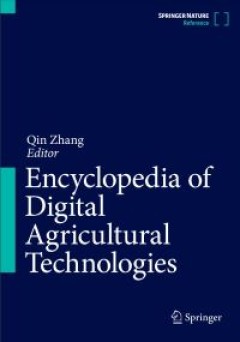
Encyclopedia of Digital Agricultural Technologies
Digital agriculture is an emerging concept of modern farming that refers to managing farms using modern Engineering, Information and Communication Technologies (EICT) aiming at increasing the overall efficiency of agricultural production, improving the quantity and quality of products, and optimizing the human labor required and natural resource consumption in operations. This encyclopedia is d…
- Edisi
- -
- ISBN/ISSN
- 978-3-031-24861-0
- Deskripsi Fisik
- 1636 hlm.
- Judul Seri
- -
- No. Panggil
- -
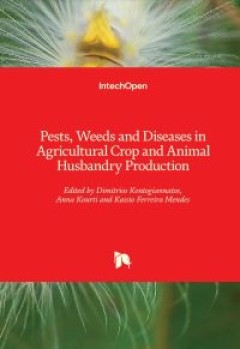
Pests, Weeds and Diseases in Agricultural Crop and Animal Husbandry Production
This book highlights some of the most recent research with respect to emerging pest challenges in agricultural crop and animal husbandry production: analytical methods for glyphosate detection in foods, biopesticides and essential oils, environmental safety in pest control, herbicide and glyphosate resistance, herbicides and weed management, integrated pest management, mass spectrometry for ins…
- Edisi
- -
- ISBN/ISSN
- 978-1-83962-462-9
- Deskripsi Fisik
- 270 hlm.
- Judul Seri
- -
- No. Panggil
- -
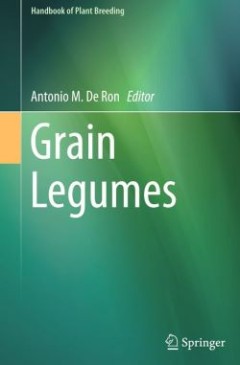
Grain Legumes
This book is devoted to grain legumes and include eight chapters devoted to the breeding of specific grain legume crops and five general chapters dealing with important topics which are common to most of the species in focus. Soybean is not included in the book as it is commonly considered an oil crop more than a grain legume and is included in the Oil Crops Volume of the Handbook of P…
- Edisi
- -
- ISBN/ISSN
- 978-1-4939-2797-5
- Deskripsi Fisik
- 449 hlm.
- Judul Seri
- Handbook of Plant Breeding 10
- No. Panggil
- -
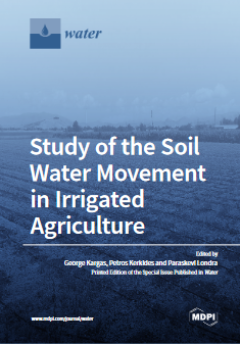
Study of the Soil Water Movement in Irrigated Agriculture
In irrigated agriculture, the study of the various ways water infiltrates into the soils is necessary. In this respect, soil hydraulic properties, such as soil moisture retention curve, diffusivity, and hydraulic conductivity functions, play a crucial role, as they control the infiltration process and the soil water and solute movement. This Special Issue presents the recent developments in the…
- Edisi
- -
- ISBN/ISSN
- 978-3-0365-6195-0
- Deskripsi Fisik
- 182 hlm.
- Judul Seri
- -
- No. Panggil
- -
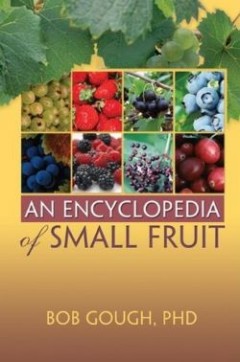
An Encyclopedia of Small Fruit
An A-to-Z look at the world of small fruits While there are many books on small fruit culture, their focus is often very specific or confined to just a few species. Packed with useful information, An Encyclopedia of Small Fruit is the comprehensive A-to-Z reference that not only details all temperate and tropical small fruit grown throughout the world, but also provides a description and cultur…
- Edisi
- -
- ISBN/ISSN
- 978-1-56022-939-1
- Deskripsi Fisik
- 153 hlm.
- Judul Seri
- -
- No. Panggil
- -
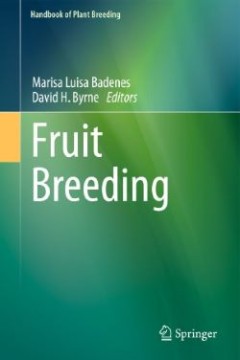
Fruit Breeding
Fruit Breeding is the eighth volume in the Handbook of Plant Breeding series. Like the other volumes in the series, this volume presents information on the latest scientific information in applied plant breeding using the current advances in the field, from an efficient use of genetic resources to the impact of biotechnology in plant breeding. The majority of the volume showcases individual cro…
- Edisi
- -
- ISBN/ISSN
- 978-1-4419-0763-9
- Deskripsi Fisik
- 892 hlm.
- Judul Seri
- Handbook of Plant Breeding 8
- No. Panggil
- -
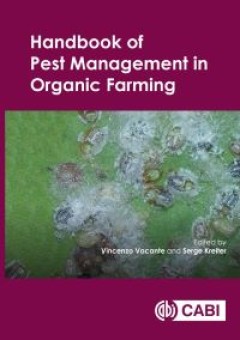
Handbook of Pest Management in Organic Farming
This book is an up-to-date and comprehensive reference covering pest management in organic farming in major crops of the world. General introductory chapters explore the management of crops to prevent pest outbreaks, plant protection tools in organic farming, and natural enemies and pest control. The remaining chapters are crop-based and discuss geographic distribution, economic importance and …
- Edisi
- -
- ISBN/ISSN
- 978-1-780-64500-1
- Deskripsi Fisik
- 577 hlm.
- Judul Seri
- -
- No. Panggil
- -
 Karya Umum
Karya Umum  Filsafat
Filsafat  Agama
Agama  Ilmu-ilmu Sosial
Ilmu-ilmu Sosial  Bahasa
Bahasa  Ilmu-ilmu Murni
Ilmu-ilmu Murni  Ilmu-ilmu Terapan
Ilmu-ilmu Terapan  Kesenian, Hiburan, dan Olahraga
Kesenian, Hiburan, dan Olahraga  Kesusastraan
Kesusastraan  Geografi dan Sejarah
Geografi dan Sejarah